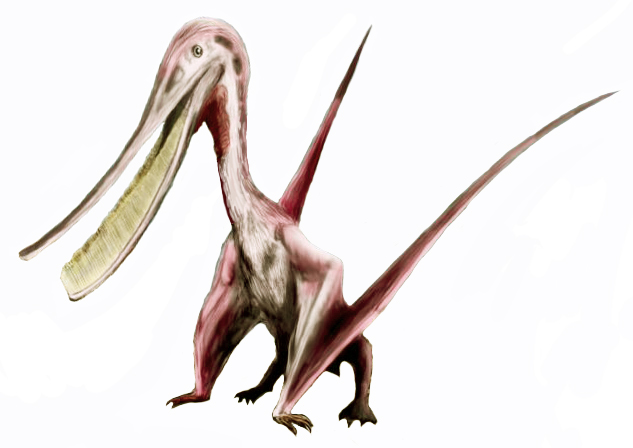The Filter-Feeding Pterosaur
Pterodaustro was a genus of pterosaur that lived during the Late Cretaceous period, approximately 100 million years ago.

| Meaning | Southern wing [Ptero-daustro] |
| Pronunciation | TER-oh-DOW-stroh |
| When: | Early Cretaceous (about 105–100 million years ago) |
| Where: | South America (Argentina) |
| What: | Pterosaur (carnivorous) |
| Weight: | Estimated around 2–3 kg (4.4–6.6 pounds) |
| Length: | Wingspan approximately 2.5 meters (8 feet) |
| Diet: | Carnivorous (filter feeder, ate small aquatic organisms) |
| Discovered: | First described by José Bonaparte in 1969 |
It is known for its unique feeding adaptation, which set it apart from other pterosaurs.
Found in what is now Argentina, Pterodaustro had a specialized elongated lower jaw with numerous slender teeth arranged in a comb-like structure.
These teeth were ideal for filter-feeding, allowing Pterodaustro to skim the water’s surface and filter small organisms, such as plankton and tiny crustaceans, from the water. This adaptation indicates that Pterodaustro was likely a coastal dweller, frequenting shallow waters in search of food.
Pterodaustro had a wingspan of about 3 meters (10 feet) and a long, slender body adapted for gliding and soaring over water.
